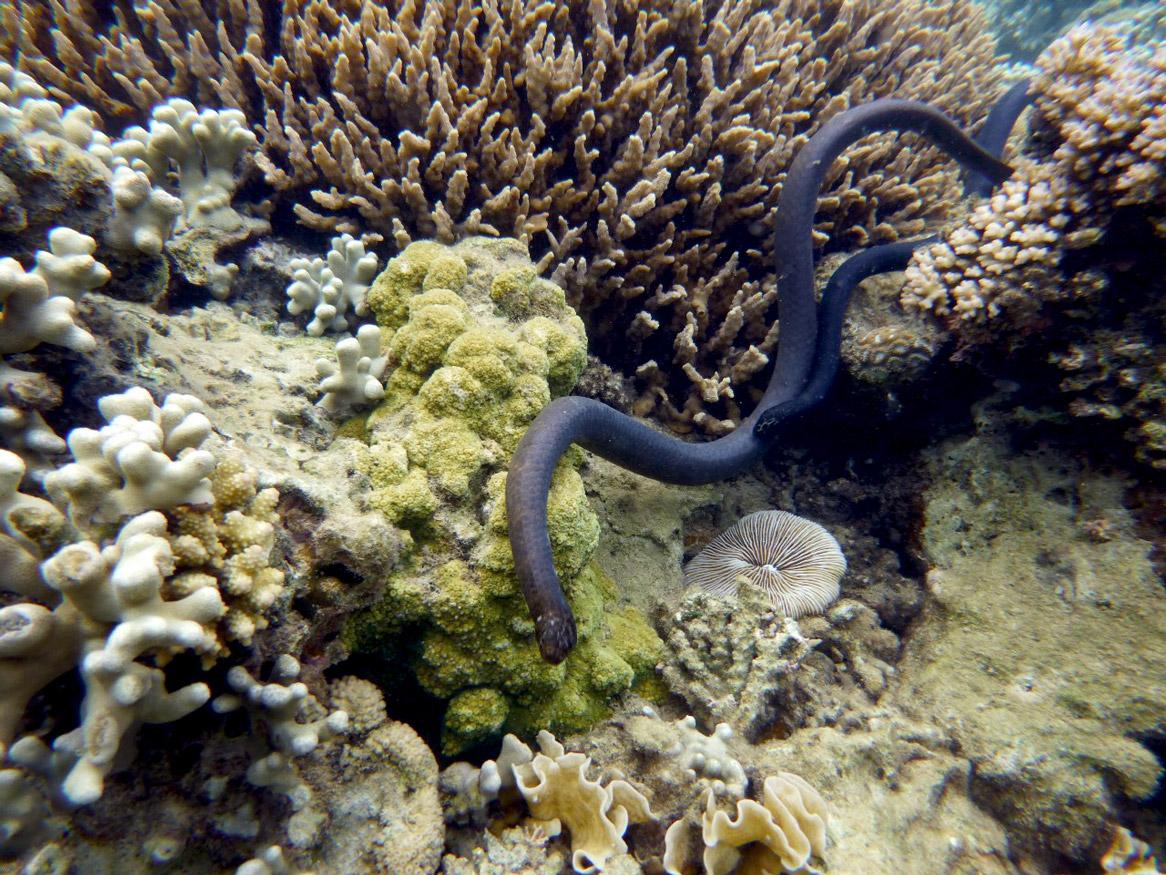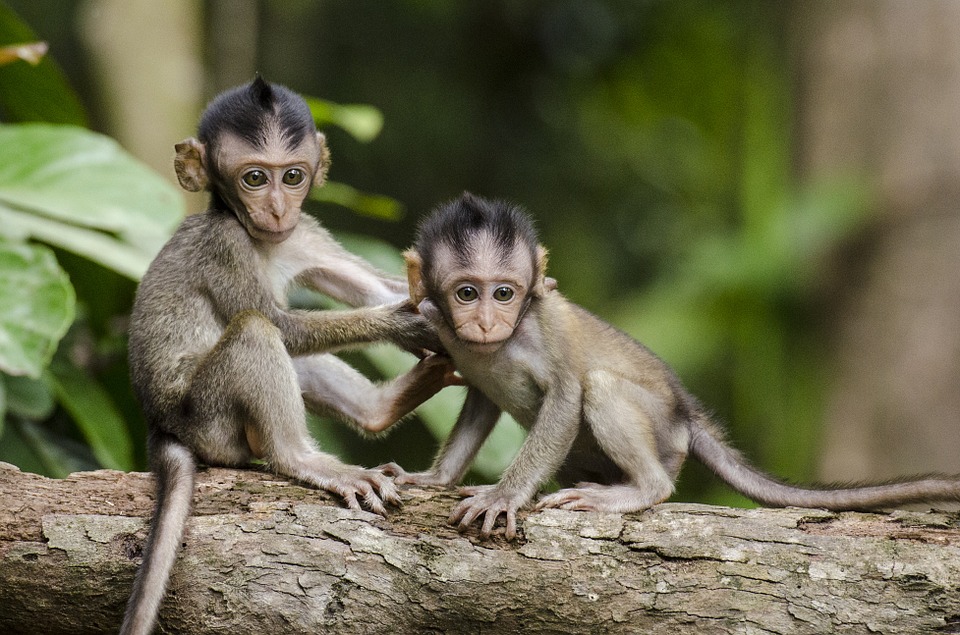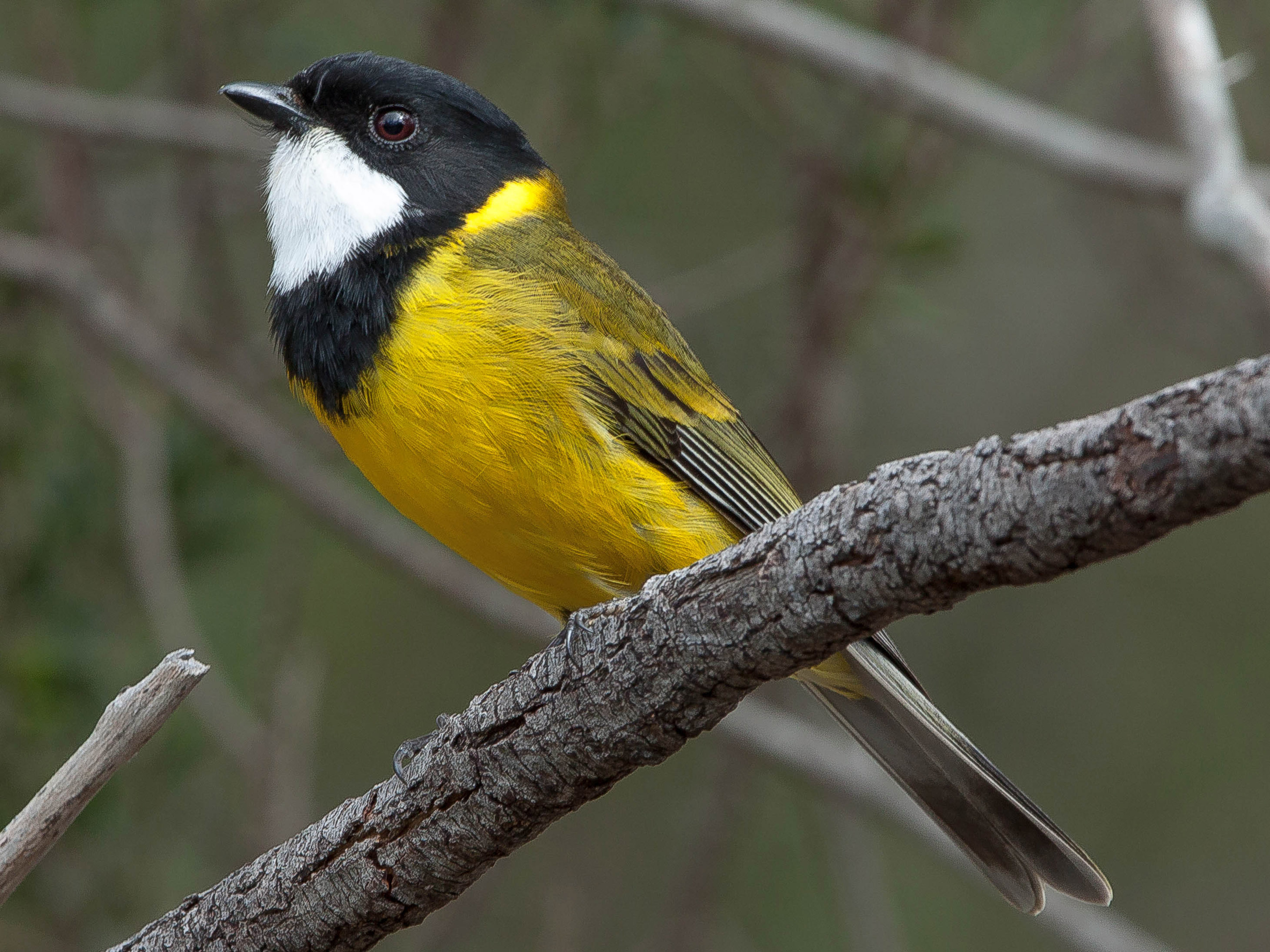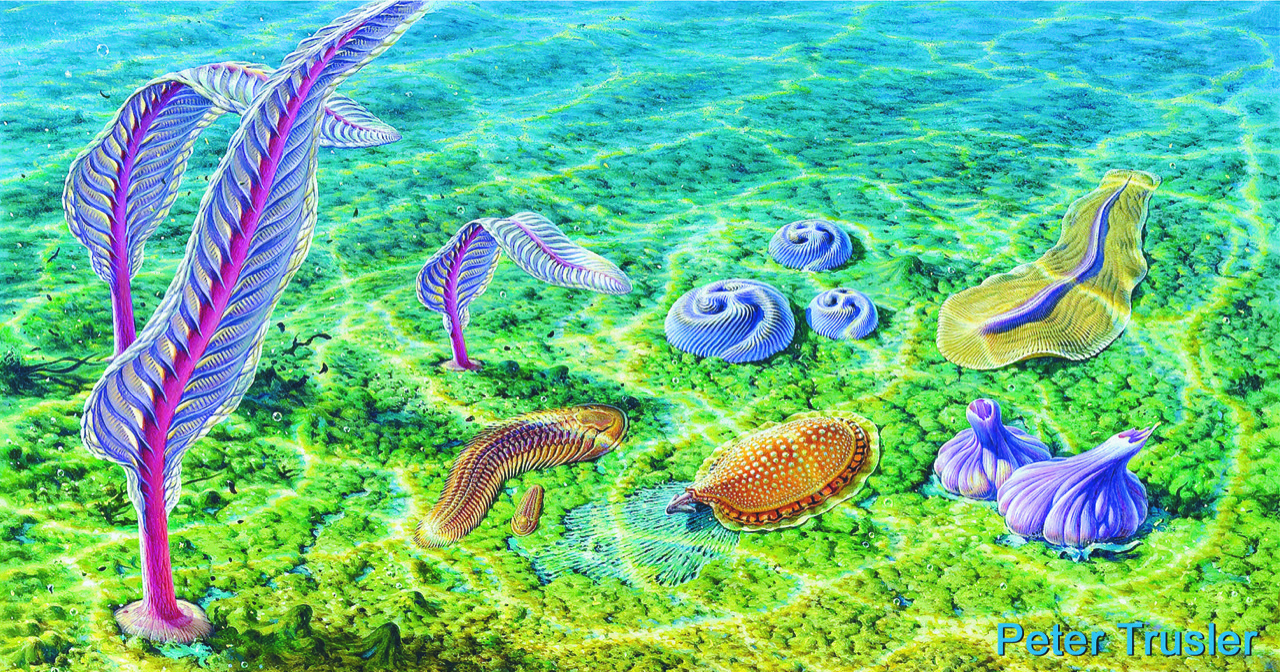BLOGS WEBSITE
Category: paper
The race to stop illegal trading of Australian lizards
Australian reptiles face serious conservation threats from illegal poaching fuelled by international demand and the exotic pet trade. In a new study in Animal Conservation, researchers from the University of Adelaide and the Monitor Conservation Research Society (Monitor) investigated the extent of illegal trade in a well-known Australian lizard: the shingleback, also known as the bobtail or […]
Comments Off on The race to stop illegal trading of Australian lizards
International joint research reveals how fish adapt to ocean acidification by modifying gene expression
Human-driven global change is challenging the scientific community to understand how marine species might adapt to predicted environmental conditions in the near-future. The effects of the uptake of anthropogenic atmospheric CO2 by oceans affects propagate across the biological hierarchy, from changes in the building blocks of life at nano-scales to organism, physiology and behaviour through ecosystem […]
Comments Off on International joint research reveals how fish adapt to ocean acidification by modifying gene expression
The dating lives of sea snakes
New research shows male sea snakes can locate and mate with a female mate, through touch receptors. After decades of research, the remarkable morphological adaptations of sea snakes to aquatic life, which include paddle-shaped tails, salt-excreting glands, and the ability to breathe through their skin have been revealed. In a new study published in Biological […]
Comments Off on The dating lives of sea snakes
Satellite Imaging Offers New Insights of Western Desert Ecology and Precontact Aboriginal Land Use
The ‘Western Desert’, as it is commonly known, is one of the most arid and geographically remote regions of Australia. It expands across roughly 14.0% of the continent, encapsulating nearly 1.1 million km2 in total. Rainfall, which averages less than 250 mm annually, is seasonally unreliable and ambient temperatures exceed 35°C more than 114 days out […]
Comments Off on Satellite Imaging Offers New Insights of Western Desert Ecology and Precontact Aboriginal Land Use
Megaproject threaten water justice for local communities
Urban megaprojects tend to be the antithesis of good urban planning. They have a negative impact on local water systems, deprive local communities of water-related human rights, and their funders and sponsors have little accountability for their impact. These are the findings of the Environment Institute’s Dr Scott Hawken from the School of Architecture and […]
Comments Off on Megaproject threaten water justice for local communities
Is YouTube promoting the exotic pet trade?
Researchers at the University of Adelaide are concerned video sharing platforms such as YouTube could be contributing to the normalisation of exotic pets and encouraging the exotic pet trade. In a study, published in PLOS One , researchers analysed the reactions of people to videos on YouTube involving human interactions with exotic animals and found those reactions […]
Comments Off on Is YouTube promoting the exotic pet trade?
Woodland biodiversity is declining on Adelaide’s doorstep
With the plight of threatened fauna normally obvious, researchers are finding it can take decades to detect subtle changes in the abundance of many species. Since 2001, the woodland birds of the Mount Lofty Ranges near Adelaide have been monitored every year at over 150 sites from Victor Harbour in the south to near Gawler […]
Comments Off on Woodland biodiversity is declining on Adelaide’s doorstep
555 million-year-old fossils reveal early feeding strategies
An international team of researchers has shed light on the feeding mode of Pentaradial Arkarua, a strange, alien-like creature. This creature inhabited tropical, shallow waters covering the Flinders Ranges of South Australia 555 million years ago according to the collaborative team involving South Australian Museum and Environment Institute’s Associate Professor Diego C. García-Bellido, several European institutions. Their […]
Mount Lofty Ranges woodland bird monitoring reveals steep decline in numbers
Woodland birds are disappearing from the Mount Lofty Ranges at an alarming rate, University of Adelaide research shows, and scientists say the trend is a sign that the ecosystem is on the verge of collapse. Over the past 20 years, the number of woodland birds at monitoring sites has halved. Member of the Environment Institute, […]
Comments Off on Mount Lofty Ranges woodland bird monitoring reveals steep decline in numbers
What is a 1 in 100 year weather event and why do they keep happening so often?
People living on the east coast of Australia have been experiencing a rare meteorological event. Record-breaking rainfall in some regions, and very heavy and sustained rainfall in others, has led to significant flooding. In different places, this has been described as a one in 30, one in 50 or one in 100 year event. So, what […]
Comments Off on What is a 1 in 100 year weather event and why do they keep happening so often?











